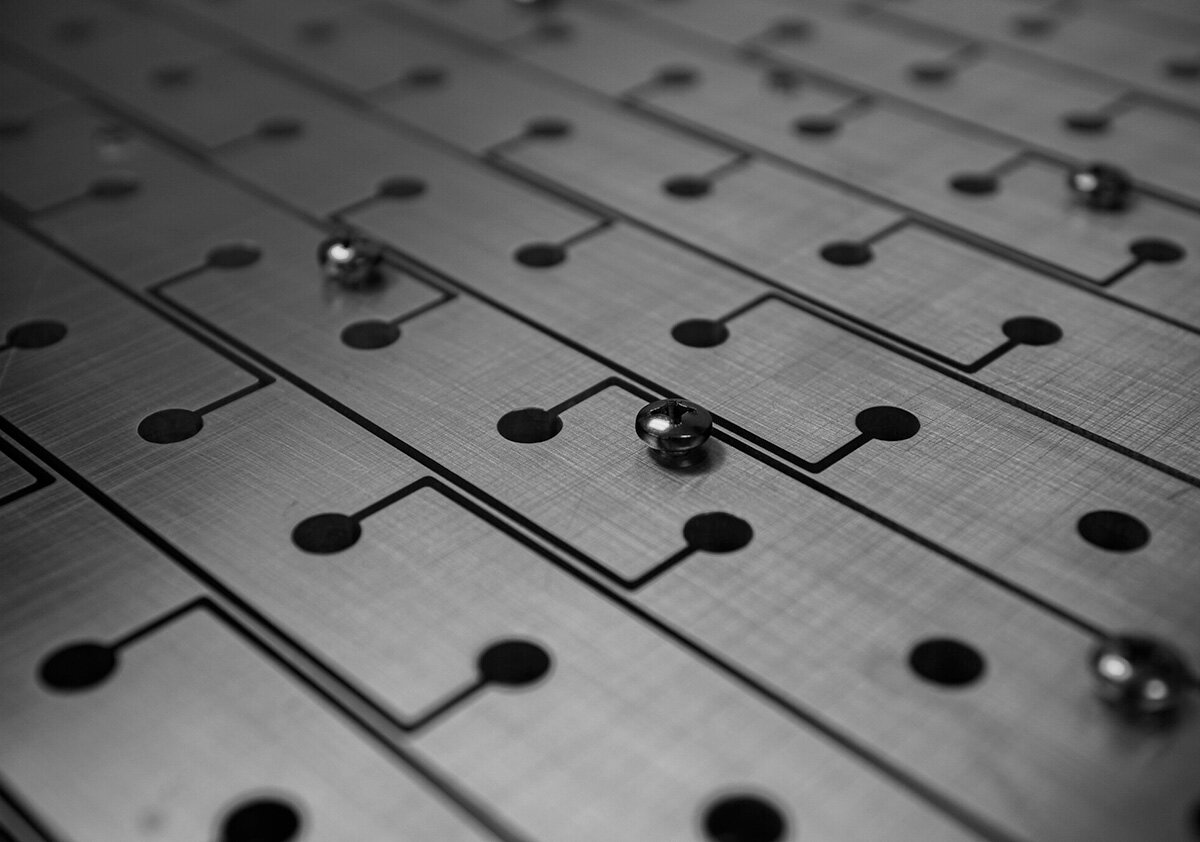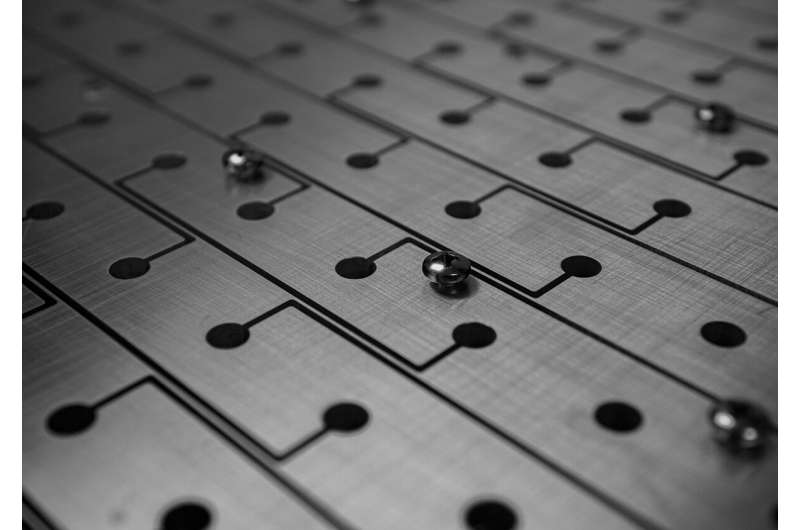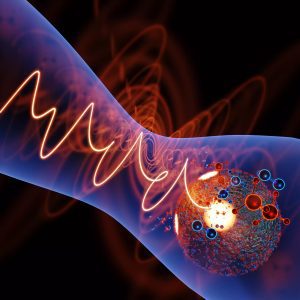

An international research collaboration has discovered how to exploit certain defects to protect confined energy in acoustics systems. Their experimental approach provides a versatile platform to create at-will defects for further theoretical validation and to improve control of waves in other systems, such as light, according to principal investigator Yun Jing, associate professor of acoustics and of biomedical engineering at Penn State.
The team published their results in Physical Review Letters, the flagship publication of the American Physical Society. The research was selected as the “Editors’ Suggestion” and was also featured in a commentary article by APS.
The work relates to phonons, and potentially their optical equivalent, photons, which can navigate specific boundaries in so-called topological lattices without scattering. Such lattices were first discovered in condensed matter, in which materials consist of atoms repeating in precise patterns, held together through the force of their couplings—or how they are bound to one another in such a way that a change in one partner can influence the other. According to Jing, these materials are known to host topologically protected states, which remain unchanged even if the system contains certain imperfections.
Moving these desired states beyond their restrictive boundaries to the bulk of the material could lead to new applications in sensing, Jing said. However, for some states, such movement requires introducing new defects that often break the system’s chiral symmetry—a key property that allows maximal confinement of the states bound to the introduced defect. This means the state’s energy is as isolated as possible from modes that could diminish or disrupt it.
“Chiral symmetry implies the existence of symmetric spectrum: all modes in the system come either in pairs, with frequencies equidistant from zero frequency, or they do not have a partner and sit exactly at zero frequency,” Jing said, noting that the second case is exceedingly rare and only occurs in particular configurations of topological defects specifically in topological lattices, including one called a disclination. “Crucially, however, topological defects—which are necessary to embed the desired state within the bulk of the lattice—often disrupt chiral symmetry, which defeats the purpose of having a topological structure to begin with.”
The researchers could have made disclinations that obeyed chiral symmetry, but they fell into the first symmetric spectrum category of evenly paired states situated evenly away from zero frequency. Co-author Wladimir A. Benalcazar, who was an Eberly Postdoctoral Fellow in the Penn State Department of Physics at the time of research and is now a Moore Postdoctoral Fellow at Princeton University, theorized that, since disclination states are bound to the defect’s core, perhaps the symmetry of the disclination itself could be considered to prevent the states at zero frequency from separating.
To test this, the researchers designed an acoustic honeycomb lattice as an analog to a crystal lattice. According to Jing, it is much easier to engineer and manipulate defects in an acoustic system than in crystalline materials. Using cylindrical cavities to represent atoms, the researchers created a defect by removing a section of honeycomb, acoustically excited the lattice with speakers and measured its acoustic response with a microphone. The states bound to the core of the disclination are pinned at zero frequency, which Jing called a “privileged frequency” that guarantees maximal confinement of the bound state. The frequency is considered privileged because it minimizes the possibility of perturbations destroying the state bound to it.
“We set to understand whether topological defects, such as disclinations, can be created to trap highly confined acoustic modes that are protected from perturbation,” Benalcazar said. “Our core insight was that, if we consider the point group symmetry of the disclination, a pair of disclinations modes are prevented from pairing away from zero frequency. This protection mechanism results from the interplay of the symmetry-protected topological phase of the crystalline lattice and the topological charge and symmetry of the disclination.”
This is the first work experimentally validating that such protected states exist in the disclination core, Jing said. The acoustic lattice platform approach provides a novel tool for researchers to create a variety of defects and their potential, according to the researchers, who said that both the theory and the platform could potentially be applied beyond acoustics to test and build controlled applications with electromagnetic waves or quantum systems in condensed matter physics.
Quasi-symmetry in CoSi reveals new type of topological material
Yuanchen Deng et al, Observation of Degenerate Zero-Energy Topological States at Disclinations in an Acoustic Lattice, Physical Review Letters (2022). DOI: 10.1103/PhysRevLett.128.174301
Penn State College of Engineering
Citation:
Researchers find imperfections provide protection for system symmetry (2022, May 20)
retrieved 20 May 2022
from https://phys.org/news/2022-05-imperfections-symmetry.html
This document is subject to copyright. Apart from any fair dealing for the purpose of private study or research, no
part may be reproduced without the written permission. The content is provided for information purposes only.

